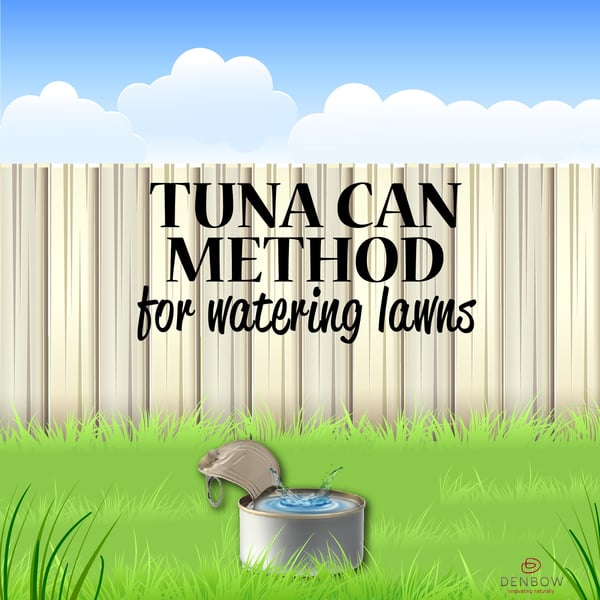Now you have a new freshly seeded lawn. You can’t wait to see it green up and turn into the lush green lawn that you’ve been hoping for! What do you need to do to ensure initial germination is as successful as possible?
Newly seeded grass is fragile and looking after it requires some care. We all know that moisture is required for turf to thrive, but how we do we know how much water to apply and when?? We asked Tom for some tips:
- If you have an irrigation system, program it to come on early in the morning. Watering any type of turf in the middle of a hot sunny day is a big no-no as the water is evaporating. Even if you’re turning that tap on yourself, it’s best to do it as early morning as possible.
- The water needs to penetrate the soil so that it is absorbed – watering during the heat of the day may even magnify the rays of the sun and burn the grass.
- Evening is second best time to water, after morning.
- The key is getting a sufficient amount of water into the soil. But it’s so hard to know how much is enough. Tom’s trick to use a tuna can!!
The Tuna Can Watering Method
- Place an empty tuna can (with the lid removed) on a part of the lawn that receives regular irrigation/watering.
- Turn or your sprinklers long enough to ensure that the tuna can is filled.
- This will ensure that your lawn is getting sufficient moisture in to the root zone.

- The frequency of watering required per week depends on a number of factors:
- Temperature, precipitation, sunlight ,wind and watering restrictions will all play a role in drying out your lawn.
- Using the tuna can method above, new turf should be watered very second day unless there is sufficient rainfall.
- Other indications not to water would be excessively soggy soil or visible run-off.
- Newly seeded turf may require daily watering if the weather is especially hot and dry.
- Note that some areas may require more water than others, depending on site drainage and sun exposure. If unsure, use multiple tuna cans in different zones.
It is important to use your common sense and follow these few simple rules. Your new lawn, with regular watering and maintenance, will last for years to come.
Watch for a future article on maintenance/fertilization recommendations.



